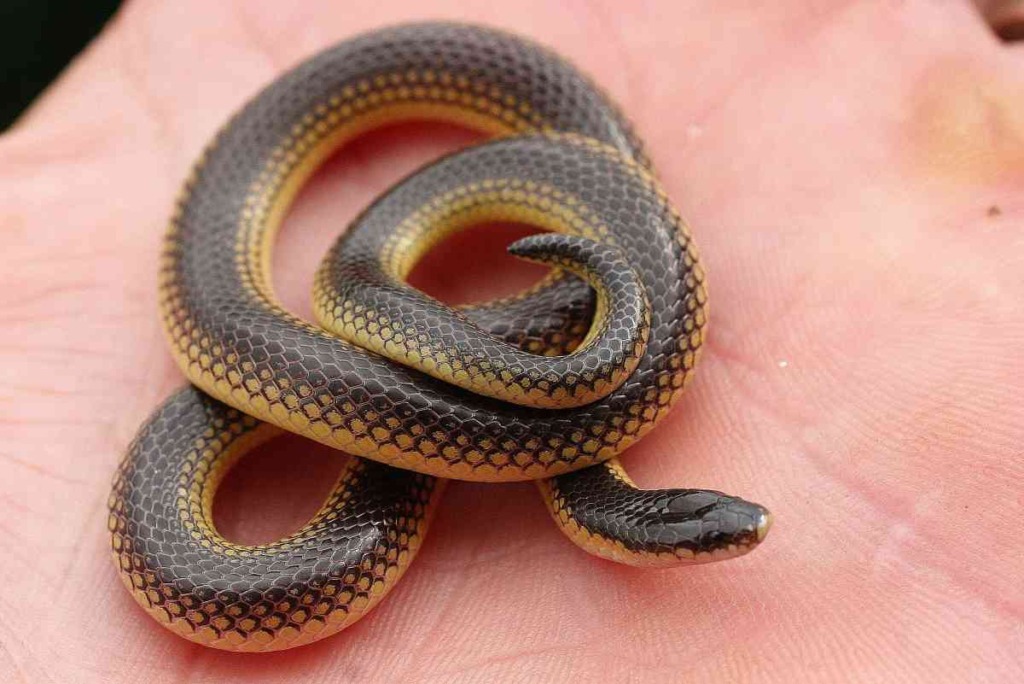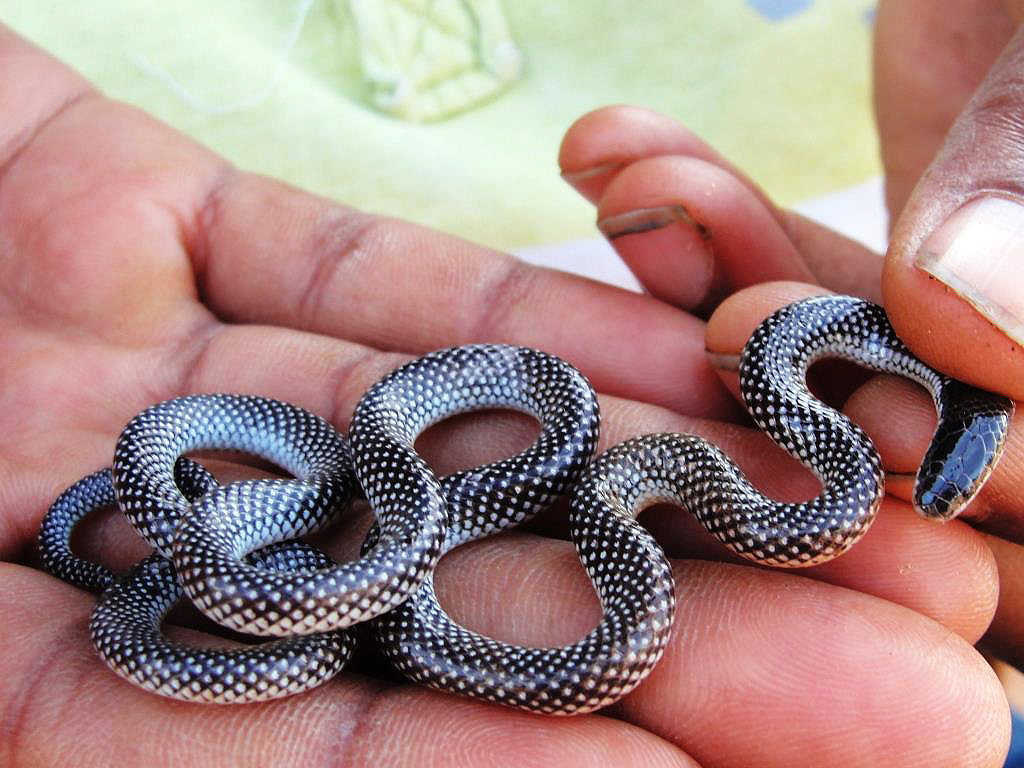Scientists classify life using a system that has been under construction for several hundred years. For organisms like snakes that are well-known and well-studied, this classification system does not change very often. But now it has. An international team of scientists has discovered what they think is a new family of snakes.

“Since most animals have already been classified into well-defined families, such a discovery of a new family is quite a rare occurrence in modern science,” explains Professor Shai Meiri of Tel Aviv University’s School of Zoology. Professor Meiri is part of the team that found the new snake family.
Micrelapidae is a new family of snakes
The new snake family is called Micrelapidae. Micrelapidae has three species of snakes within it. One species lives in Israel, Jordan, and Syria, and two species live in East Africa in Kenya.
The snakes have slender, cylindrical bodies with smooth scales in regular rows and a short, pointed tail. They also feature small heads that blend with the neck, and often, black and yellow rings. The size of these snakes also varies depending on the species, but most are relatively small. They range in length from about 15-60 cm (6-23 inches).

During the research process, the team examined the snake’s structure using micro-CT technology (high-resolution magnetic imaging), focusing primarily on the skull.
They also used deep genomic sequencing tools and discovered some unique genomic elements in Micrelapidae which were not found in any of the other snake groups.
According to researchers, Micrelaps snakes separated from the rest of the snake evolutionary tree roughly 50 million years ago. Researchers suspect these snakes originated in Africa. At some point, some of them likely migrated north through the Great Rift Valley.
Patrick Malonza, a herpetologist and research scientist at the National Museums of Kenya, confirmed the recent identification of the new family of snakes.
“These are quite friendly snakes that are mostly harmless to humans, and they should not be persecuted (killed),” Malonza said. “They’re really beautiful to look at in terms of aesthetic (visual) value.”
Snakes like the Micrelapids play an important role in ecosystems
In Kenya, many people kill snakes on sight, especially venomous snakes. In many African cultures, snakes are associated with evil or witchcraft, resulting in their killing. However, Kenya Wildlife Service (KWS) Nyanza region senior warden Christine Boit says some snake species play important roles in controlling rodent populations and maintaining ecosystem balance.
Snakes are also important cultural symbols in some African communities that view snakes as protectors or symbols of good luck, and killing them can be disrespectful or taboo (forbidden).
“The indiscriminate killing of snakes is not good for the environment,” KWS Warden Boit says. “We need to educate people on how to identify and safely handle snakes, especially nonvenomous snakes.”
This story has been adapted for Mongabay Kids by David Brown. It is based on an article by Mactilda Mbenywe, published on Mongabay.com
Citation:
Das, S., Greenbaum, E., Meiri, S., Bauer, A. M., Burbrink, F. T., Raxworthy, C. J., … Merilä, J. (2023). Ultraconserved elements-based phylogenomic systematics of the snake superfamily Elapoidea, with the description of a new Afro-Asian family. Molecular Phylogenetics and Evolution, 180, 107700. doi:10.1016/j.ympev.2022.107700






